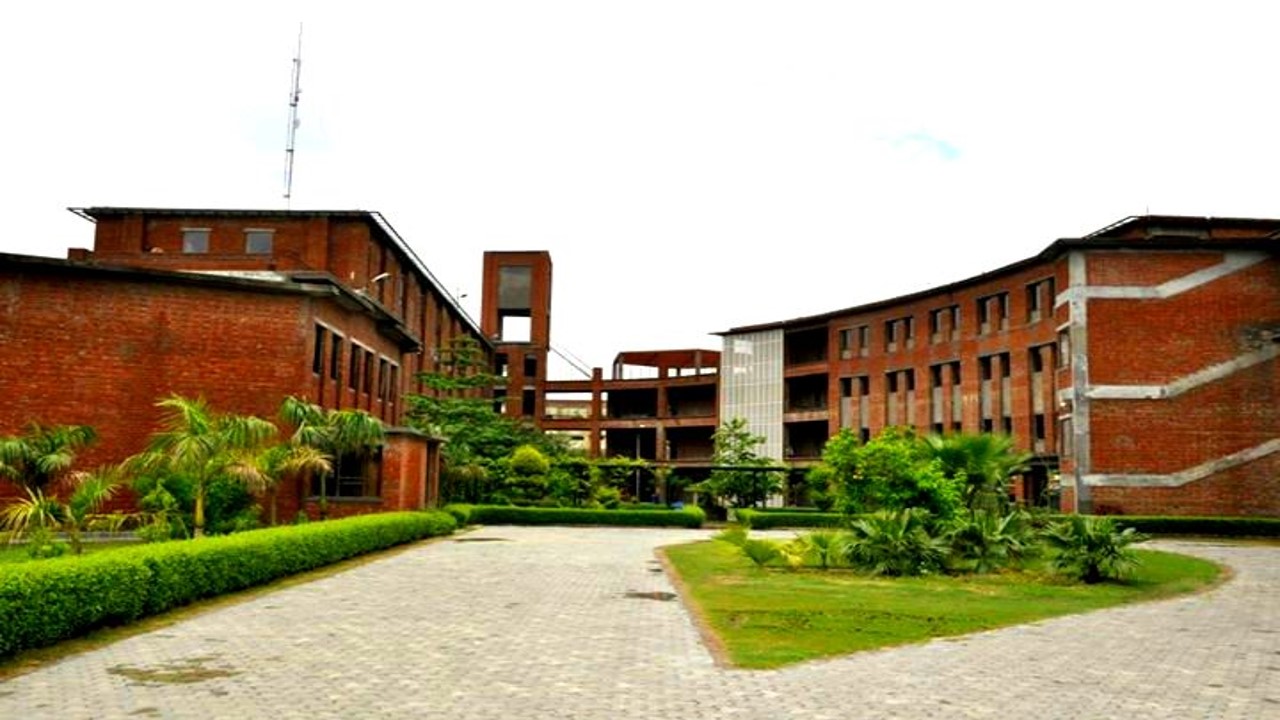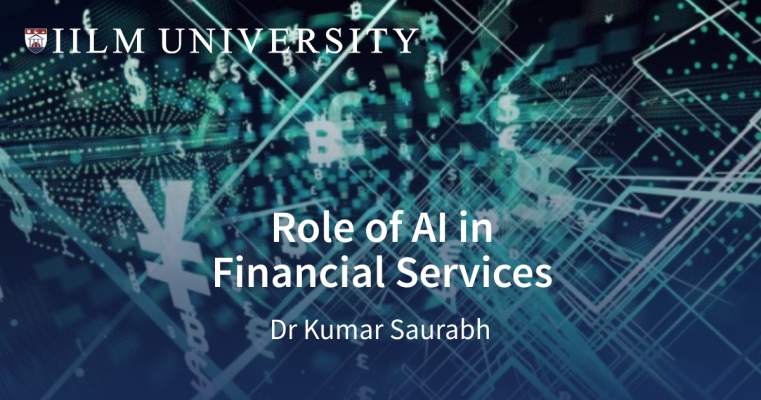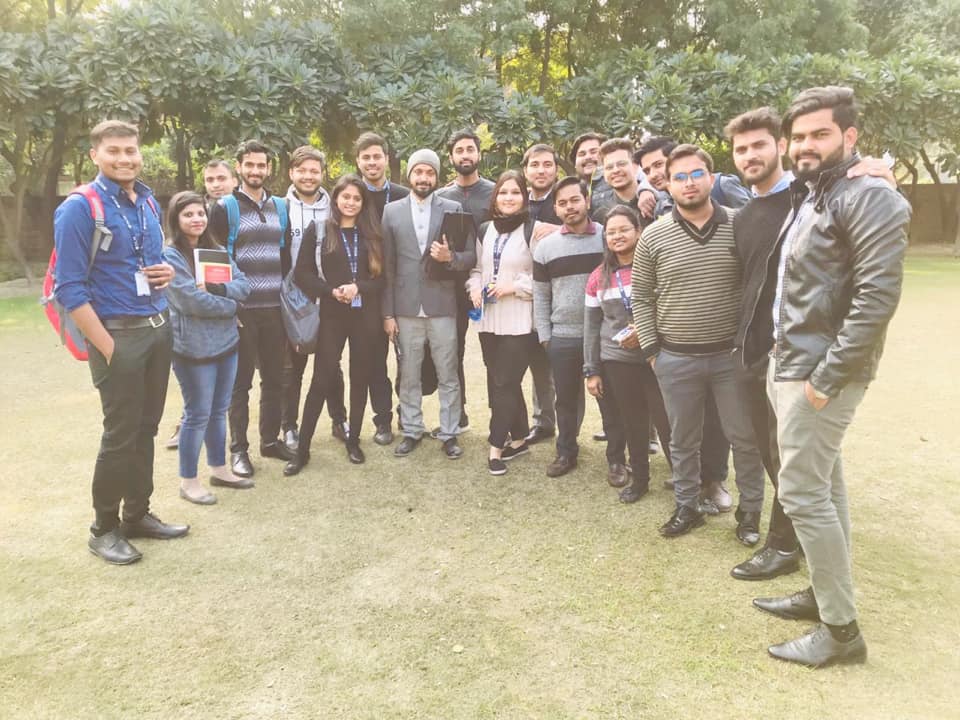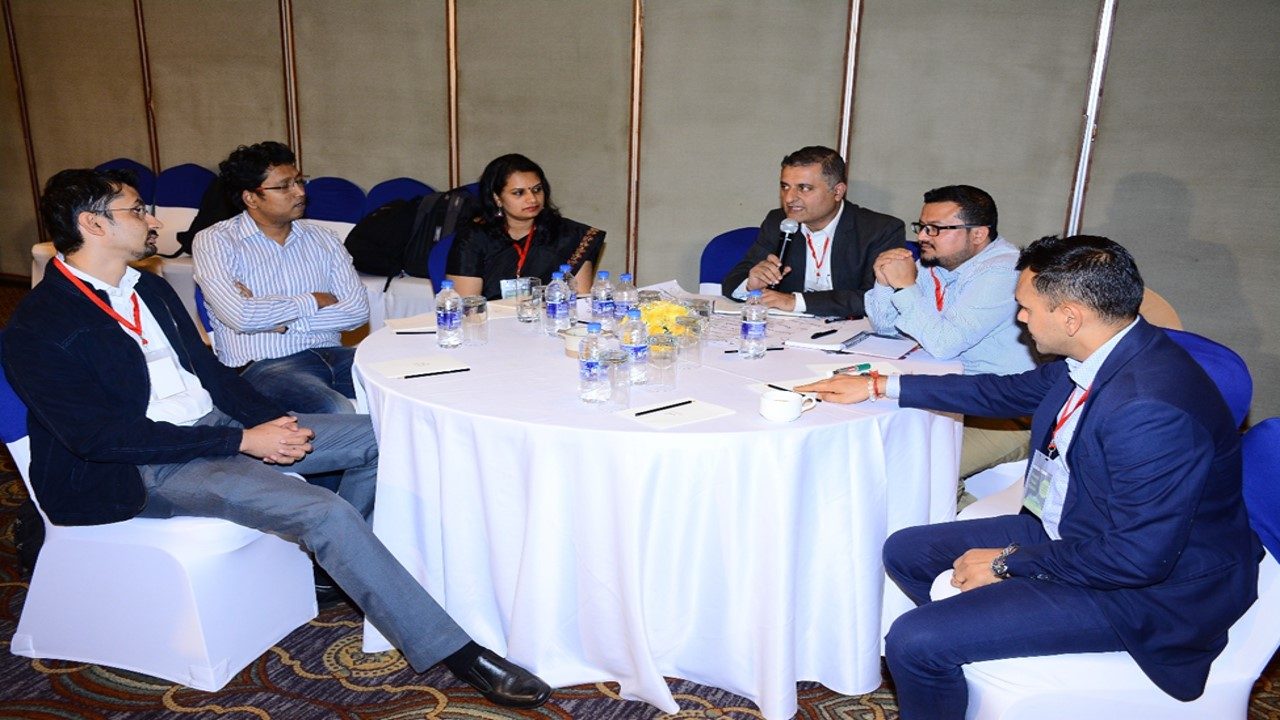Humans, since time immemorial, have believed in the idea of community. Evolutionarily, early men lived together in caves in groups; from the hunting of wild to staying in groups helped them protect themselves from the attacks in the night. Even today, on one side the families are becoming smaller and nuclear, people still sought out for approvals from families and friends in any important decision making, be it a marriage proposal to style to buying anything expensive, everything in us is borrowed and is further, lent.
This article is about how brands can shape, nurture, and mature indispensable communities, the kind of communities that offer worth impossible to capture anywhere else.
Any indispensable brand community are built on four pillars
- Members motivations for valuable contribution
- Define what engagement you want to create for your prospects
- The balance between what as a brand we want to achieve versus what members in the community want
- Make it easy for people to communicate with you. Communication = community
Member’s motivations for valuable contribution
What’s interesting about humans is that they cannot do without society and cannot do with society. We need our own space and despise the interference of others but we also need people to comfort us, care for us, talk and work with us and socialize with us. Even while making any decision or coming to a conclusion, we take into consideration the viewpoint of others. No matter how small or big the decision is, we have a reference group that we get in touch with and who influence our choices.
The reference group can be brand advocates, consumers who are motivated enough by the initial purchases that they ascended in the consumer journey to buy more or brands spokesperson themselves. The best place to start a brand community is by using company customer database and ranking them on their purchases. A consumer who had been buying for long and has been spending more can be taken as the master communicator in the community. A brand needs to be trying to turn members into allies by supporting them through their consumer journey of awareness, first purchase, engage, excite, repeat purchases, advocate, and promote. The best communities get their members to advocate, lead, learn, provide insights, educate others, support, and stand up for the brand when it is hit by negative commentaries.
Many renowned business schools are creating such communities in the form of clubs. For example, the IILM Graduate School of Management has over 30 offline traditional and online communities. From traditional clubs like sports and cultural clubs to more modern new age clubs like movies, digital marketing, economics, HR, and simulation clubs that connect with the students beyond classroom hours to make them learn class concepts through real-time practice and engage them more meaningfully.
Do visit IILM Graduate School of Management Facebook page (https://bit.ly/2Ywev2N) and site(http://www.iilmgsm.ac.in/) to know more about the communities inside the campus.
Define what engagement you want to create for your prospects
Every community has its own innate needs for engagement. Be it a small non-formal what’s app community of school friends or formal brand or consumer-driven social network sites like Facebook or LinkedIn communities. The innate needs of each community are so distinctive that brand engagement in each of these communities needs to be planned accordingly. Many of these consumer communities are an easy escape from the mundane impact of culture and society to follow one’s individual preferences and brands need to find these distinctive needs and position themselves strongly there. For example, in the climactic scene of the popular 2010 film, Sex and the City, the protagonist Carrie Bradshaw and her group of friends find themselves surrounded by many middle-eastern women who have kept themselves covered but they reveal they love New York and the fashion. They show their latest wardrobe which is the latest Spring Collection but keep this just among themselves as this won’t be accepted in their community. But again, these women have this close-knit community of theirs where their preferences and choices survive amongst themselves. Imagine brands like Victoria Secret, Rent the Runway, Rebag and MM.LaFleur could have got these middle-eastern women in their communities.
The balance between what as a brand we want to achieve versus what members in the community want
In 2009, the HBR published the famous story of the Harley Davidson Owners group. In the early 1980s, the besieged motorcycle company built a powerful network of Harley Davidson owners across America. This turned the company from the rim of insolvency into a company worth $7.8 bn.
Many times community members divulge into jokes and irrelevant issues over valuable content. Such communities fall from the ladder of valuable contributions and they find it very hard to climb back. Brands need to understand that the communities need to be driven towards a common purpose: The purpose of brand building, introducing new products or addressing issues.
So companies must try to find the following regularly.
- How many community members are advocating and attracting new consumers
- Are members buying more as a result of the community
- Are members generating useful product ideas
- Is the community solving other members product-driven issues
- Is the sales increasing because of the advocates in the community
- What is the ROI on driving such communities
Make it easy for people to communicate with you. Communication= community
Studies show consumers value human-like communication from brands. Research shows that 57% of consumers have increased brand loyalty for the brand that shows humanistic behaviour (Andrew,2018).
Communication is the basis of all that a brand does, which means you need to make it easy for your followers to talk to you. At the same time, how a brand communicates on each networking channel needs to be different. The way you communicate on Facebook will evoke a different response if you tried the same method on Twitter. So it is important for brands that they are present in the desired network community sites where their segment audience is. Right from question stickers to stories all add up to drive a thriving community.
Though day by day we are turning inwards and maybe, introspecting ourselves, still we are by nature social and we like to have a sense of belongingness. Honestly, we wouldn’t even have realized it till now and now, there’s no better time than this when isolation from the community has started to look like a challenge and have started instilling fear in us: fear of oblivion
References
https://www.thedrum.com/news/2018/11/20/study-shows-consumers-value-human-communication-brands
Authors:
Dr Sumanjit Dass
( Asst. Professor Marketing)
IILM Graduate School of Management, Greater Noida
Ms Medha Ghosh
(Management student of IILM GSM, PGDM Batch 2019-21)











